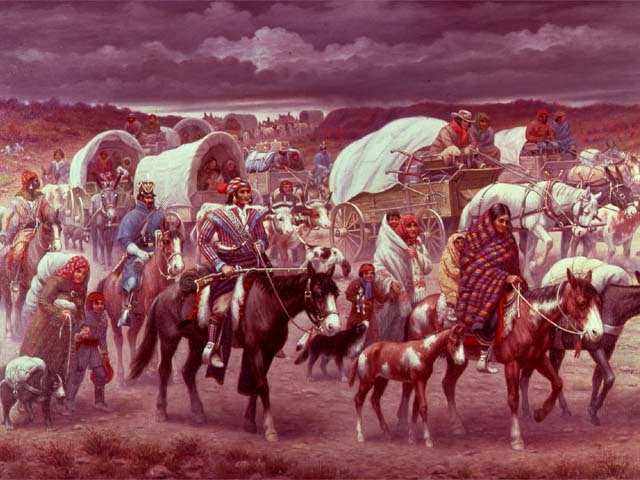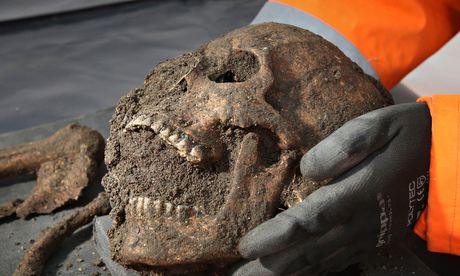Dr. Louise Hitchcock received her PhD from UCLA where she specialized in Bronze Age art and critical theory. Since 2004 she has been teaching at the University of Melbourne in Australia. Dr. Hitchcock’s excavation experience is extensive, having worked in Crete, mainland Greece, Israel, Egypt, and Syria.
Sometimes referred to as the mythical Atlantis, Thera (modern day Santorini) was buried by a volcanic eruption over 1600 years before Pompeii. Dr. Hitchcock's evening talk presents an introduction and overview of the dating, architecture, art and culture of this key site for understanding urbanism in the Bronze Age Aegean.
Just as the economic, political and military systems of the Minoan society have been controversial, the functions of the Minoan “palaces,” dubbed the first labyrinths, have also been debated. Dr .Hitchcock’s day talk will provide an introduction to their unique elements such as lustral basins, horns of consecration, and pillar crypts. Along the way, we will see how new discoveries, artifact distribution, analysis of circulation patterns, and anthropology can shed new light on understanding these enigmatic and sometimes mysterious buildings.
What: Thera: Pompeii of the Aegean Bronze Age
When: 7:30 pm 10 November 2014
Where: Chan Auditorium, UAH Campus
What: Understanding the Minoan Palaces
When: 12:45 pm 11 November
Where: Wilson Hall 168, UAH Campus
When: 12:45 pm 11 November
Where: Wilson Hall 168, UAH Campus









































